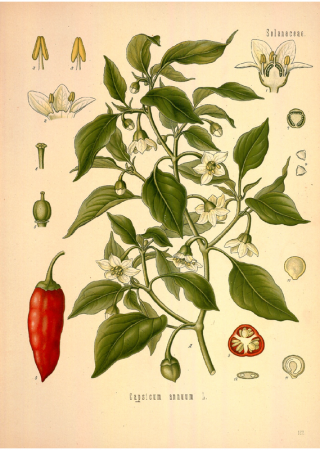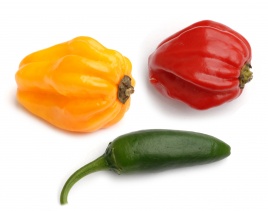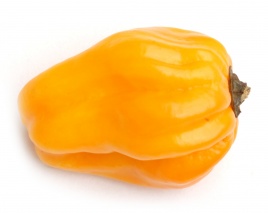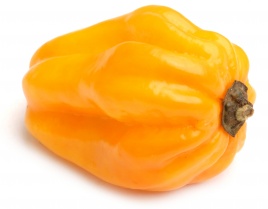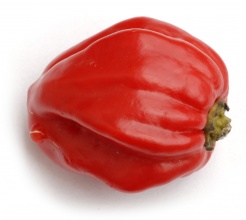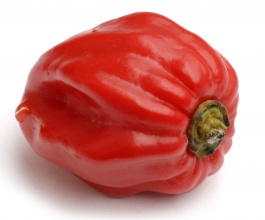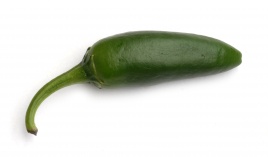Chilli
- …in Mexican cuisine and the areas of the American southwest, chili peppers are routinely a main ingredient?
- …when suffering from an injury to the larynx, gastrointestinal or digestive tract, consumption of chili peppers can be quite dangerous?
- …chili peppers aid blood circulation and have anti-bacterial properties, in larger does can cause sweating?
- …if you want to reduce chili's hotness, you can soak fresh or dried peppers for an hour in a solution of 3 parts mild wine vinegar to 1 part salt?
- …the source of chili's heat is the seeds and septs of the pepper, which contain capsaicin?
- …chili peppers are considered an aphrodisiac?
- …the hottest known pepper, the Bhut jolokia (meaning chili demon), is grown in northeast India? It has an unbelievable one million Scoville units.
“Maláí” from boiled fish
500 g fillet or portion of other fish of same weight, cooked and allowed to cool
½ l thick coconut milk
1 teaspoon ground turmeric
1 onion
1 clove garlic
several slices of wet ginger
6 chili peppers
oil, salt
In a deep pan, sauté finely sliced onion, garlic, ginger and peppers (do not allow to brown). Add turmeric and sauté another 3-4 minutes. Add coconut milk, salt to taste and stir. Finally add fish and warm, being careful not to break up the fish.
Chili peppers belong to a large group of plants, which also includes potatoes, tomatoes and eggplant. They were first cultivated 9,000 years ago in the North American Mexico Valley. Their name in the local Nahuatl is "axi" or "chilli" and this name was used for all members of the Capsicum genus. Despite the amount of time the plants have been known to man, chili peppers stayed one of the best-kept secrets of the New World, until Columbus brought them to Europe in the 15th century. That was the first step of the chili pepper on its long journey into the world's kitchens. Later, the Portuguese carried it to eastern India, Asia and Africa. Europeans re-discovered chili peppers in the 16th century during the Turkish invasion attempts. Today, about 200 species of chili pepper are known, found all over the tropics. They are picked ripe, when they turn red, orange, yellow or purple, or unripe, still green.

